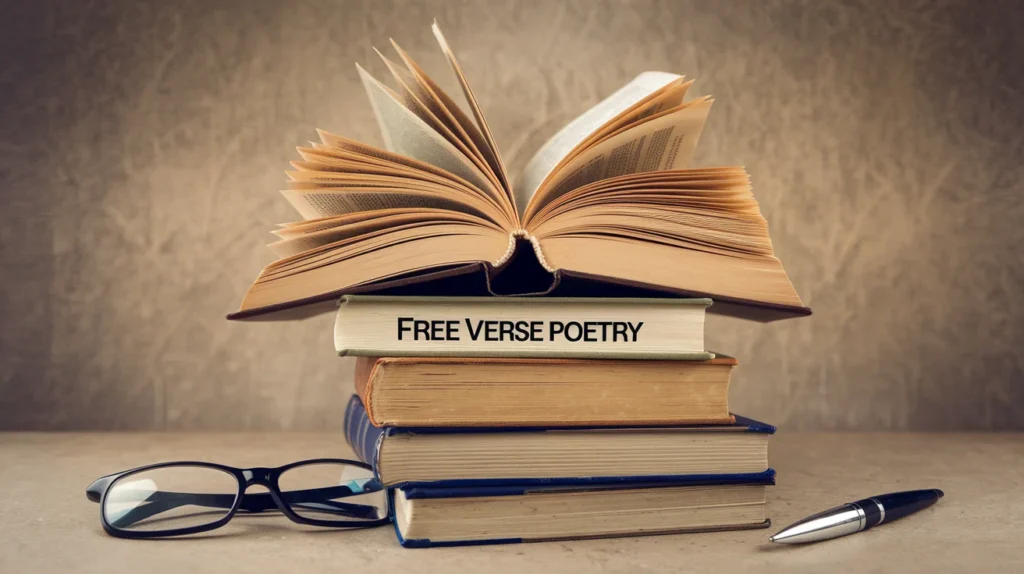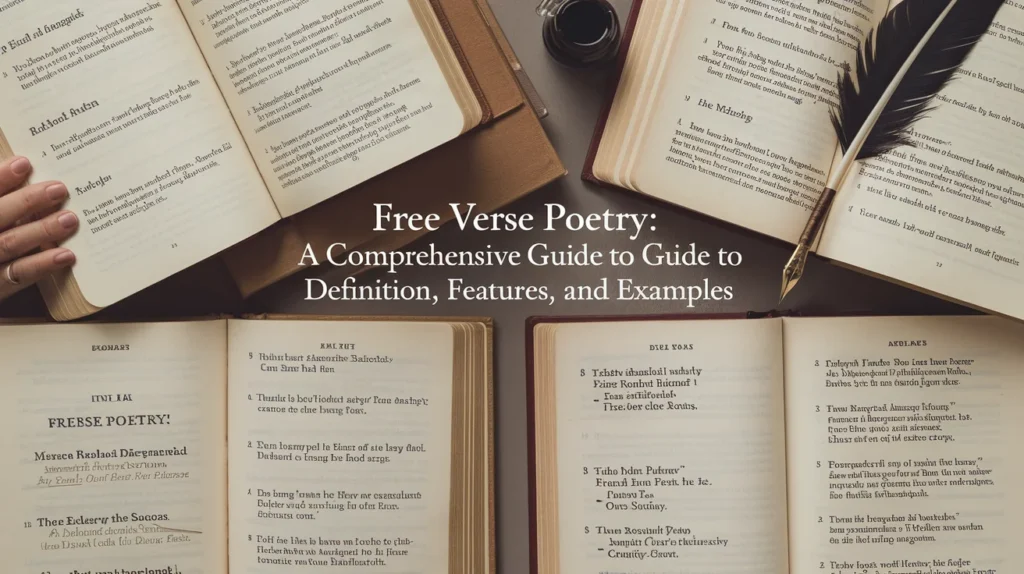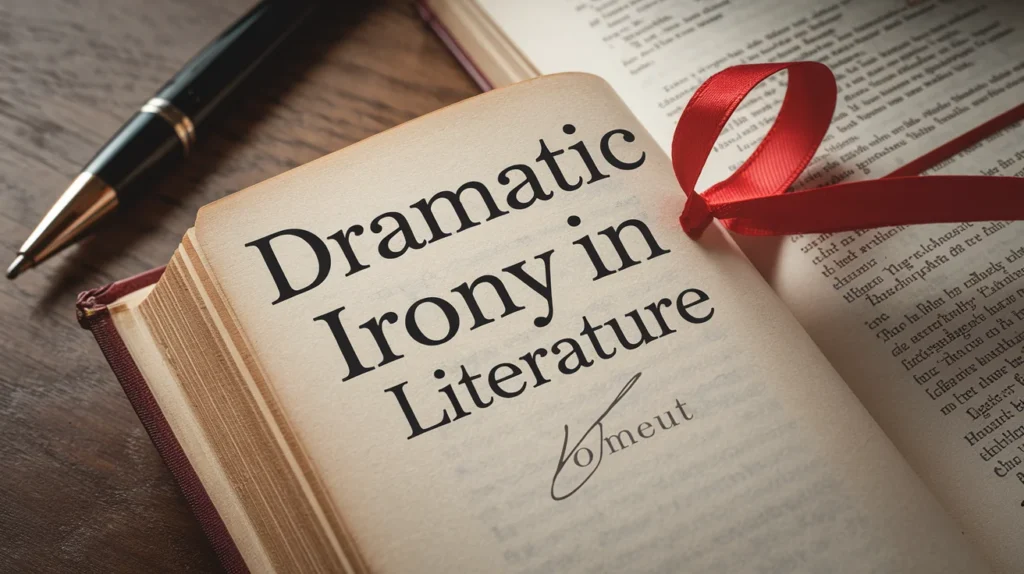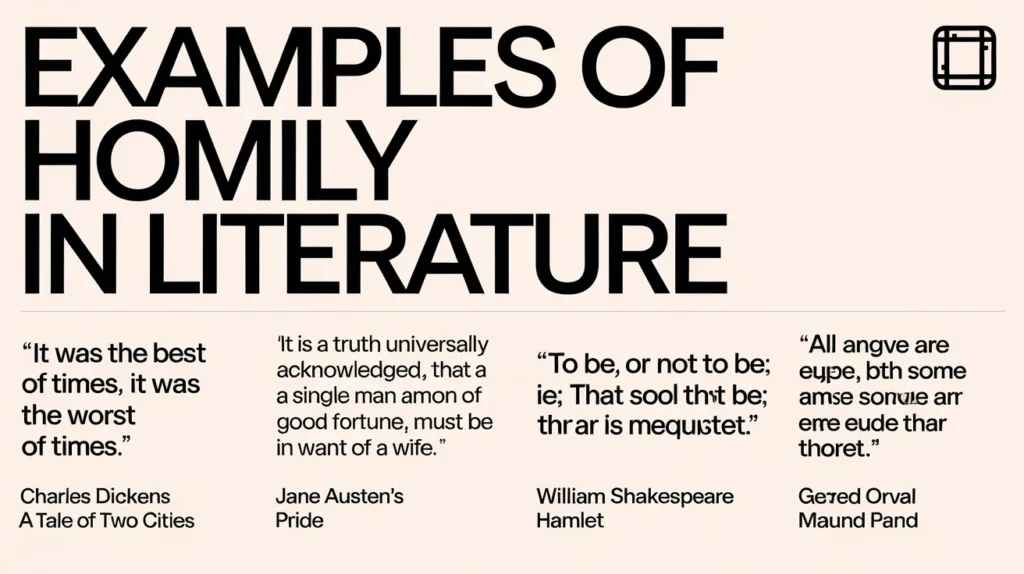Poetry has always been a medium for expressing the deepest emotions, thoughts, and experiences. Among its many forms, free verse poetry stands out as a liberating and innovative style that breaks away from traditional rules. Unlike structured forms like sonnets or haikus, free verse allows poets to experiment with rhythm, line breaks, and imagery without the constraints of rhyme or meter. In this article, we’ll explore the definition of free verse, its key features, how it differs from blank verse, and provide examples of free verse in literature to help you understand and appreciate this unique form of poetry.
What is Free Verse Poetry?
Free verse poetry is a form of poetry that does not adhere to traditional rules of rhyme, meter, or structure. Instead, it relies on natural speech patterns, vivid imagery, and emotional depth to convey its message. The term “free verse” comes from the French “vers libre,” which means “free form.” This style gained prominence in the late 19th and early 20th centuries, with poets like Walt Whitman and Ezra Pound leading the charge.
Why Free Verse Matters
Free verse is significant because it allows poets to focus on emotion and imagery rather than fitting their words into a predetermined structure. It mirrors the way we speak and think, making it more relatable and accessible to readers. This freedom has made free verse a popular choice for modern poets and spoken word artists.
Key Features of Free Verse
Free verse poetry is characterized by several distinct features that set it apart from traditional forms. Here’s a closer look at what makes free verse unique:
No Fixed Structure
Unlike sonnets or villanelles, free verse poems don’t follow a specific rhyme scheme or meter. This lack of structure gives poets the freedom to experiment with line breaks, spacing, and punctuation.
Natural Rhythm
Free verse mimics the cadence of everyday speech. Instead of relying on a strict meter, it uses pauses, line breaks, and repetition to create rhythm. This makes the poem feel more conversational and organic.
Focus on Imagery and Emotion
Free verse often prioritizes vivid imagery and emotional depth over formal constraints. Poets use descriptive language to paint pictures in the reader’s mind, evoking strong emotions and connections.
Flexibility
One of the most appealing aspects of free verse is its flexibility. Poets can experiment with form, layout, and language to create a unique and personal expression.
Free Verse vs. Blank Verse

While free verse and blank verse may sound similar, they are distinct forms of poetry. Here’s a breakdown of the differences:
Blank Verse Definition
Blank verse is unrhymed poetry written in a specific meter, usually iambic pentameter. It has been used by famous poets like William Shakespeare and John Milton.
Key Differences
| Aspect | Free Verse | Blank Verse |
| Rhyme | No rhyme scheme | No rhyme scheme |
| Meter | No fixed meter | Written in iambic pentameter |
| Structure | No fixed structure | Follows a consistent meter |
| Tone | Modern and experimental | Traditional and formal |
For example, compare Walt Whitman’s free verse poem “Song of Myself” with Shakespeare’s blank verse in “Hamlet.” Whitman’s work feels spontaneous and conversational, while Shakespeare’s lines have a rhythmic, formal quality.
Examples of Free Verse in Literature
Free verse has been used by some of the most celebrated poets in history. Here are a few notable examples:
“Song of Myself” by Walt Whitman
- Analysis: This poem is a cornerstone of free verse poetry. Whitman’s sprawling, unstructured lines celebrate individuality and the human experience. The lack of rhyme and meter allows the poem to flow naturally, like a stream of consciousness.
- Quote: “I celebrate myself, and sing myself, / And what I assume you shall assume, / For every atom belonging to me as good belongs to you.”
“The Road Not Taken” by Robert Frost
- Analysis: While Frost is known for his traditional forms, “The Road Not Taken” leans toward free verse with its conversational tone and lack of strict meter. The poem explores themes of choice and regret, using simple language and vivid imagery.
- Quote: “Two roads diverged in a wood, and I— / I took the one less traveled by, / And that has made all the difference.”
“Ode to the West Wind” by Percy Bysshe Shelley
- Analysis: Shelley’s poem is a passionate ode to the power of nature. The free verse structure allows for dramatic shifts in tone and rhythm, mirroring the unpredictable force of the wind.
- Quote: “O wild West Wind, thou breath of Autumn’s being, / Thou, from whose unseen presence the leaves dead / Are driven, like ghosts from an enchanter fleeing.”
“Funeral Blues” by W.H. Auden
- Analysis: This poem is a raw and emotional expression of grief. The irregular line lengths and lack of rhyme create a sense of chaos and despair, reflecting the speaker’s inner turmoil.
- Quote: “Stop all the clocks, cut off the telephone, / Prevent the dog from barking with a juicy bone, / Silence the pianos and with muffled drum / Bring out the coffin, let the mourners come.”
“Hope is the thing with feathers” by Emily Dickinson
- Analysis: Dickinson’s poem uses free verse to explore the abstract concept of hope. The unconventional structure and vivid imagery make the poem feel intimate and personal.
- Quote: “Hope is the thing with feathers / That perches in the soul, / And sings the tune without the words, / And never stops at all.”
“Do Not Go Gentle Into That Good Night” by Dylan Thomas
- Analysis: Thomas’s poem is a powerful plea for resistance in the face of death. The free verse structure allows for a passionate and urgent tone, with irregular line lengths adding to the poem’s intensity.
- Quote: “Do not go gentle into that good night, / Old age should burn and rave at close of day; / Rage, rage against the dying of the light.”
Why Free Verse Resonates with Readers
Free verse poetry has a unique ability to connect with readers on a deep emotional level. Here’s why:
Emotional Connection
The natural rhythm and conversational tone of free verse make it feel more relatable. Readers can see themselves in the poet’s words, creating a strong emotional bond.
Modern Appeal
Free verse is popular in contemporary poetry and spoken word performances. Its flexibility and accessibility make it a favorite among modern poets and audiences.
Creative Freedom
Free verse empowers poets to experiment and innovate. Without the constraints of rhyme and meter, they can focus on expressing their unique voice and perspective.
How to Write Free Verse Poetry
If you’re inspired to try your hand at free verse poetry, here are some tips to get started:
Tips for Beginners
- Focus on Imagery and Emotion: Use descriptive language to create vivid pictures and evoke strong emotions.
- Experiment with Line Breaks: Play with line breaks and spacing to create rhythm and emphasis.
- Read Aloud: Read your poem aloud to ensure it flows naturally and sounds conversational.
Common Pitfalls to Avoid
- Overloading with Abstract Ideas: Keep your language clear and concrete to avoid confusing your readers.
- Ignoring Rhythm: While free verse doesn’t have a fixed meter, it should still have a natural rhythm.
Conclusion
Free verse poetry is a powerful and versatile form of expression that continues to captivate readers and writers alike. By breaking free from traditional rules, it allows poets to explore new ways of conveying emotion and meaning. Whether you’re a seasoned poet or a curious beginner, free verse offers endless possibilities for creativity and connection.


